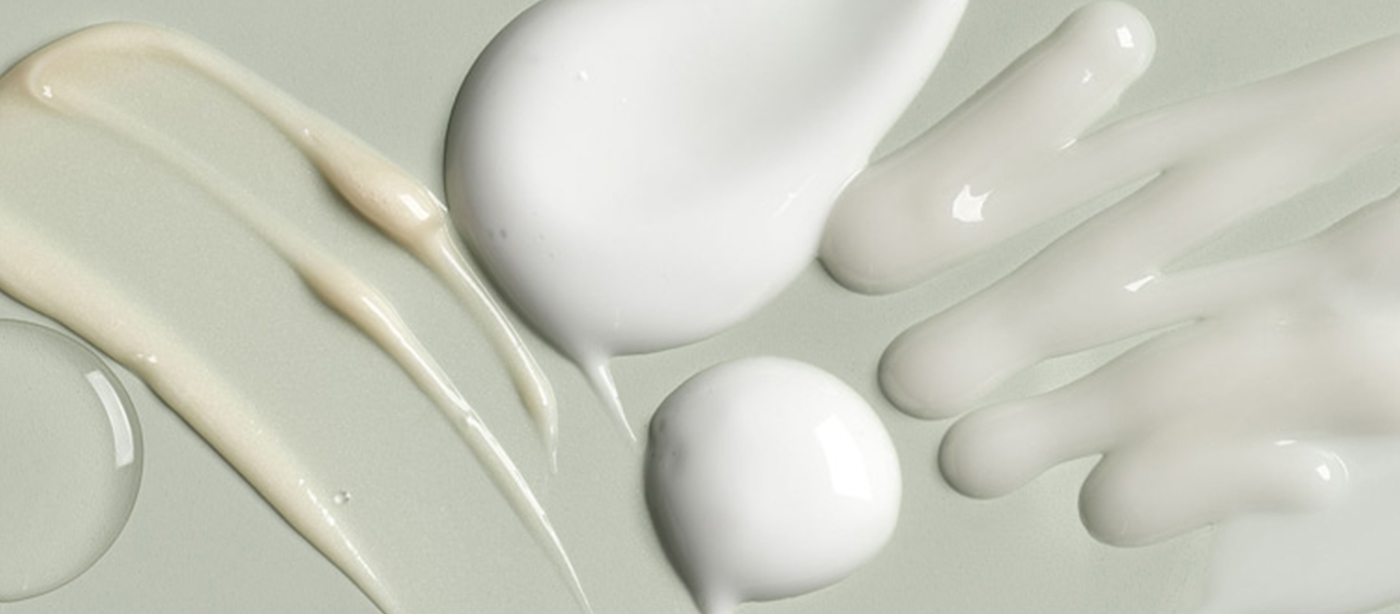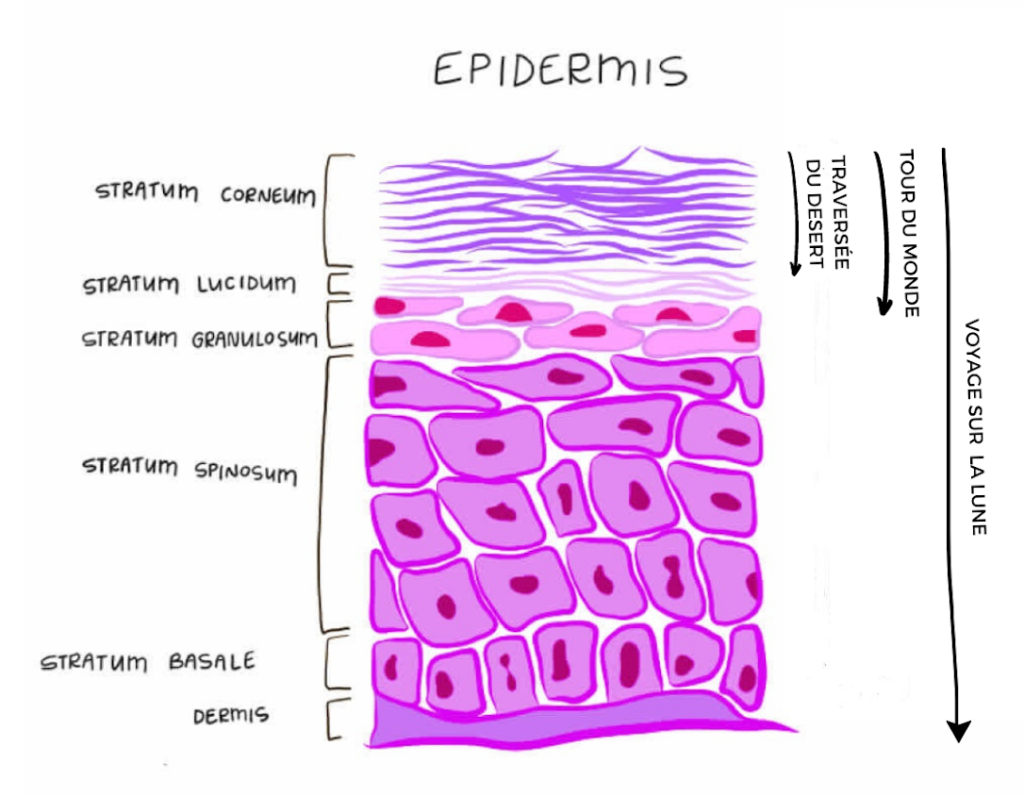All skin types require good hydration as well as good nutrition, whether dry, combination or oily. It is by understanding the needs of your customers that you will be able to offer each category the moisturizer that best suits them. Wh at are the different active ingredients that make up a cream? What is the difference between a humectant and an emollient? And how to select and dose them correctly to suit all skin types? The answers in this article:
Humectants: the great means of water transport
Humectants and emollients are often confused. These are two types of very distinct ingredients with different virtues. Emollients, which we will study in the second part of the article, correspond to all the lipids (fatty substances) used to emulsify a cream. The humectants that are used the most in natural cosmetics are glycerin, propanediol, sodium PCA (pyrrolidone carboxylic acid) and hyaluronic acid.
Humectants have an essential functionality when formulating emulsions. They aim to increase the water content of the skin by facilitating the penetration of water into the first layers of the epidermis (stratum corneum). To visualize it, here is a metaphor that summarizes this process. Imagine that we apply water on our face, this water will travel in the first layers of our epidermis like a man who crosses the desert on foot. He is unlikely to survive long and reach his destination. When a humectant is added to the water, this traveler is equipped with an airplane to cross the desert. He can therefore easily reach its destination. In that same way, the hydrating agents allow the hydration to penetrate more effectively to the intermediate layers of the epidermis, thus giving the skin a hydrated, softer and elastic appearance.

Source : Apostrophe.com
Certain osmolytic agents (glycerine, sodium hyaluronate) easily penetrate to the upper middle layer of the epidermis (stratum granulosum), especially if they are accompanied by active ingredients such as collagen, peptides, etc. If we use our metaphor again, this would amount to saying that our traveler can travel around the world by plane.
Although it is theoretically possible for humectants to transport active ingredients to the deep layers of the epidermis, it must be kept in mind that the active ingredient in question must be less than 1000 daltons (<0.4 nanometers) in size. For comparison, the size of a hair is about 80000 nanometers. Also, a large amount of a very small active ingredient is needed to have effects on the deep areas of the epidermis. We can take for example a lightening cream, or a cream enriched with peptides. Let us now return to our metaphor, our traveler would now be equipped with a rocket to make a trip to the moon.
Depending on the type of skin, different moisturizing agents can be incorporated to different degrees. For example, dry skin will need a lot of humectant to rehydrate it, and oily skin will need a lot of hydration. Mature skin requires qualitative humectants such as sodium PCA, propanediol or hyaluronic acids to benefit from optimal hydration.
Need advice? Please do not hesitate to contact Prodigia.




